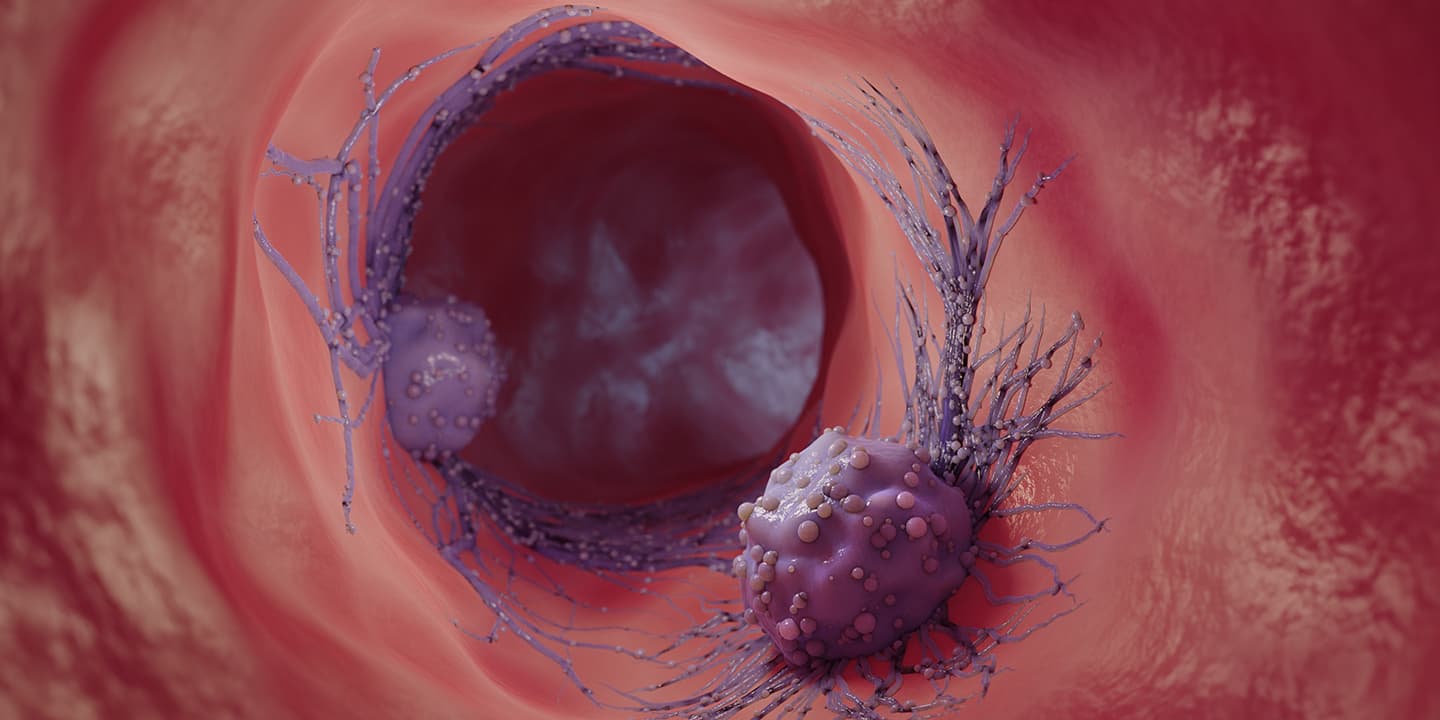New way of treating solid tumours using nanoparticles

Medically Reviewed By
Dr Divya Rohra
Written By Srujana Mohanty
on Jul 14, 2022
Last Edit Made By Srujana Mohanty
on Mar 1, 2024

In the much-awaited segment of scientific innovation, researchers at Wake Forest School of Medicine announced their new creation of nanoparticles that can be a new modality of treating patients with solid tumours of the breast, colon, head, and neck.
A study published online in a journal- Science Translational Medicine, illustrates how an associate professor of cancer biology at Wake Forest University School of Medicine, Dr Xin Ming, and his team used nanoparticles to eliminate tumour cells. The nanoparticles help deliver a molecule called ARL67156 in mice with colon, head, neck, and breast cancer to show increased survival and suppressed tumour growth.
Cancer diagnosis and treatment have come a long way through novel innovations and developments. And immunotherapy has evidently improved the immune response system in identifying and destroying cancer cells even in metastatic conditions. However, statistics also show only 20% of the people undergoing immunotherapy respond to this treatment.
What are nanoparticles?
Nanoparticles are ultra, super fine particles that find their potential application in various fields of biomedicine, optics, and electronics. Each nanoparticle is between 1 to 100 nanometers and ranges from 100 to 2500 nanometers when seen as nanoclusters.
Nanoparticles in therapeutics are small-molecule drugs, peptides, proteins, nucleic acids, and compounds that assemble with therapeutic entities, such as lipids and polymers. They are designed to hit the target cells and fan out their therapeutic effect on these targeted cells. They have special signalling molecules or carriers that guide them to their target cells.
Immune evasion mechanism in tumours and cancer therapies
Malignant tumours invade the immune system through loss of antigenicity and/or loss of immunogenicity and by coordinating an immunosuppressive microenvironment. However, the degree of immune evasion by tumours varies depending on the tumour type and lesion.
This immune destruction is associated with increased production of immunosuppressive adenosine in the tumour microenvironment (TME). Anti-cancer therapies work by triggering the energy-carrying molecules called adenosine triphosphate (ATP). ATP is usually released from the tumour cells and instantly gets converted to adenosine, thereby exhilarating immunosuppression in TME with poor therapeutic response.
Immunotherapy strategies must be deployed in such TME to enhance immunotherapy response, efficacy and improve quality of life. A suppressed immunity can increase cancer proliferation and staging. Another important factor in cancer treatment is early diagnosis. An early diagnosis can help overcome subdued immunity, allowing effective nanoparticle suspension and treatment.
How do Nanoparticles work in Immunotherapy?
The study's goal was to develop an approach to facilitate cancer therapy-induced immunogenic cell death that included ATP release and restricted ATP degradation to adenosine.
The principal idea was to create reactive oxygen species (ROS)-producing nanoparticles that could prevent the ATP conversion to adenosine and enhance anti-cancer immunity. This approach was designed and successfully tested in coculture and mouse tumour models.
The designed nanoparticles allow the accumulation and release of ROS- ARL67156 in selective solid tumours, significantly suppressing the tumour growth and improving survival possibilities.
This was followed by a study showing how the nanoparticles worked in combination with the anti PD-1 antibody- used in immunotherapy. In response, researchers could find that the nanoparticles worked well synergistically with the PD-1 immunotherapy.
Finally, the researchers conducted a nanoparticle evaluation in a 3-dimensional in-vitro model of tumours in patients with tumours of colon and breast cancer. And the outcomes were similar with tumour suppression and anti-cancer immune response.
The nanoparticle-based ROS-responsive drug delivery reinstituted an immunogenic landmark in tumour treatments. It can elicit tumour-specific T cell responses, tumour degradation, and long-term survival prospects in mouse and tumour models.
On the whole, the TME was reprogrammed, suggesting a potential translation of the nanoparticle approach for treating human tumours and boosting the effectiveness of existing treatments. However, these studies warrant further evaluation.
Frequently Asked Questions
How can nanoparticles be used to treat cancer?
Nanoparticles are a safer and more precise treatment mode for cancer as they directly act on the tumour, similar to other anticancer drugs. The nanoparticles do not release their effect until they reach the targeted tumour site. They work by suppressing the tumours and preventing healthy tissue damage.
How do nanoparticles deliver drugs to cancer cells?
Technically, the nanoparticles have nanocarriers that guide the ultra-fine particles to the tumour cells. The nanoparticles targeting the tumour cells get absorbed only by the tumour cells, where they release their medicinal effect to eliminate them.
Why are nanoparticles used in cancer?
Nanoparticles benefit cancer therapy as they are highly biocompatible, stable, and low in toxicity. They have enhanced permeability, absorption, and retention. They can also attack the target cells and function precisely.
Conclusion
Immunosuppression is one of the major cancer effects that must be worked upon. The team from Wake Forest University School of Medicine have developed a new therapy using nanoparticles where these particles efficiently target the cancer cells, even in metastasis condition. The nano-medicine works by releasing ROS- ARL67156 where the tumour cells are warded off with enhanced anticancer therapeutic effect.
Cancer and its treatment modalities have been a long battling ground for scientists and researchers where novel inventions and therapies bring them a step closer to improving cancer survival rates. Nanoparticles in this study target solid neck, head, breast, and colon tumors that can prolong the survival of these cancer patients.



